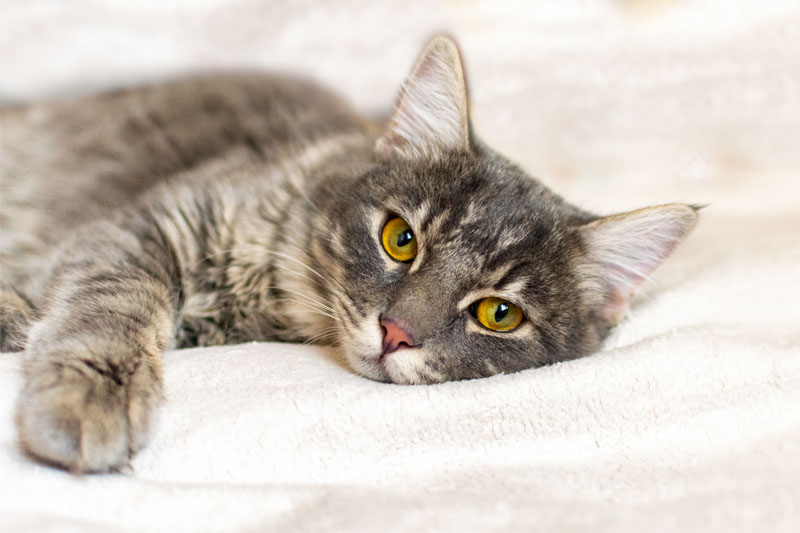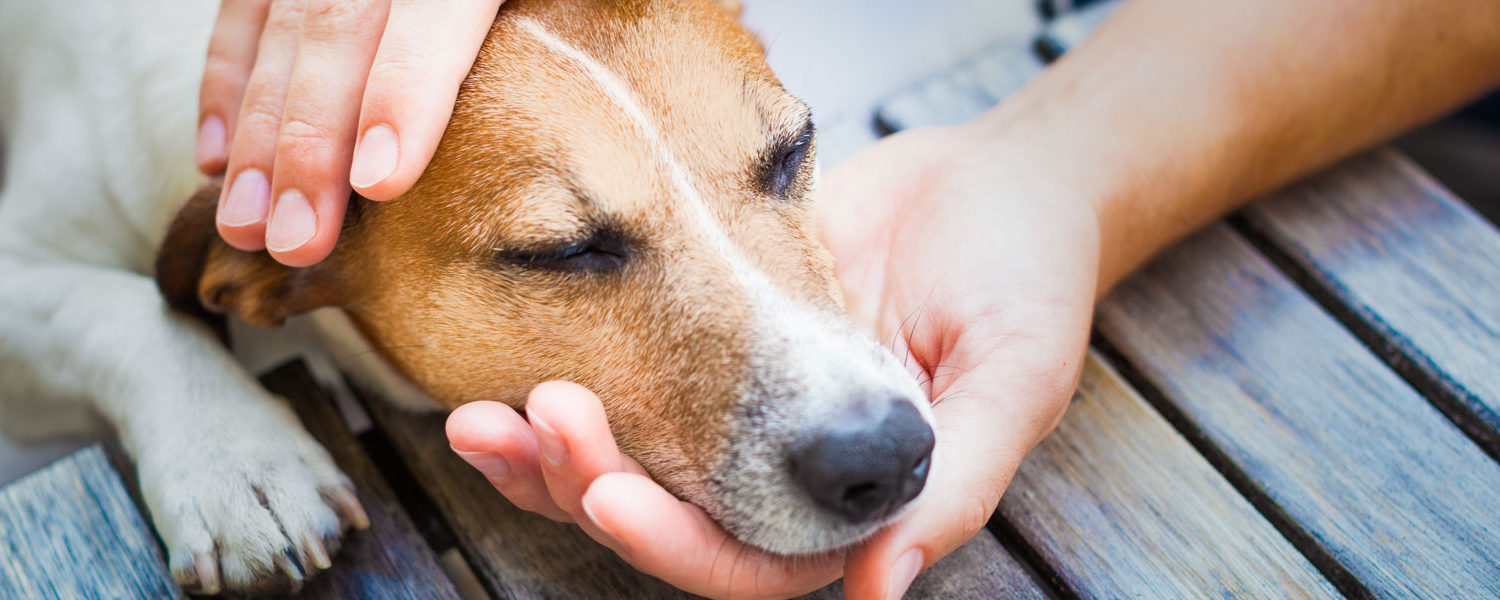
Know When Your Pet Is in Pain
Even though our pets live comfortably domesticated lives, dogs and cats still instinctively mask signs of pain and illness that could make them more vulnerable to predators in the wild. As a result, signs of pain in pets can be subtle and difficult to recognize. Knowing when your pet is in pain, however, is not impossible.
In honor of National Pet Pain Awareness Month, our team at Sleepy Hollow Animal Hospital is spreading awareness about pet pain so you can know when your pet is in pain and get them the veterinary treatment they need.
10 Signs of Pain in Pets
1. Behavior Changes
Unexplained changes to your pet’s normal behavior, such as unusual aggression, restlessness, hiding or sleeping more than usual, could all indicate pain.
2. Accidents in the House
If your pet is normally very well house trained and suddenly starts having trouble making it outside or to the litter box in time, this could be a sign of pain or other illness.
3. Posture or Facial Expression Changes
A pet in pain might stand, sit, rise, walk, or rest in a slightly different position than usual. They may also stare, have a fixed gaze or dilated pupils, and can squint their eyes more than usual.
4. Limping or Limb Favoring
Your pet might favor one limb or hold it off the ground when walking or even at rest.
5. Excessive Panting, Purring, or Vocalization
Panting at rest, purring constantly, whimpering, yowling, hissing, growling, or howling can indicate pain.

6. Reluctance to Move or Play
Pets in pain might avoid activity or find it difficult to stand up or lay down. Many pets in pain will refuse to jump up onto or down from furniture that they would have normally had no problems with in the past.
7. Isolation and Not Wanting to Be Touched
A pet in pain might withdraw from the family, become disinterested in interaction, and not want to be touched.
8. Trembling
In pain, a pet might tremble, shiver, or shake.
9. Reduced Appetite
Pets might become less interested in their food and treats and can start to skip meals.
10. Excessive Grooming
In pain, a cat might groom excessively or a dog might persistently bite, lick, or chew on a particularly painful spot on their body.
You can watch this video from the International Veterinary Academy of Pain Management for more information on recognizing all of these signs in your pet.


Acute and Chronic Pet Pain Management in Sleepy Hollow
Any changes – even subtle ones – to your pet’s behavior, appetite, appearance, energy level, or routine could be an indication of pain or illness. If you notice anything unusual about your pet, we encourage you to schedule a sick pet appointment at Sleepy Hollow Animal Hospital.
Utilizing The American Hospital Association’s Guidelines for Pain Management as our guide, we can provide immediate and ongoing relief of your pet’s pain by examining your pet, determining a diagnosis and providing safe and effective treatment to address the underlying cause of your dog or cat’s pain.
To learn more about pet pain management, visit our Pain Management Page or contact Sleepy Hollow Animal Hospital today.










